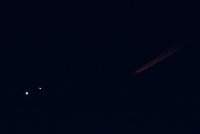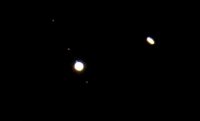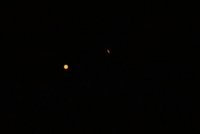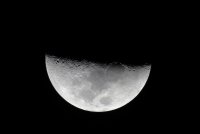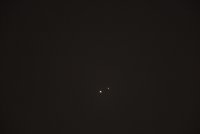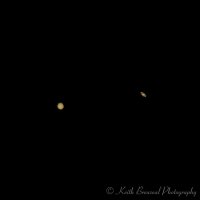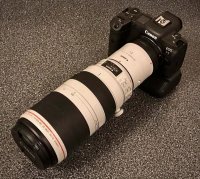Does anybody know the exact real focal length of the 100-400mm II zoomed to nominal 400mm and focused at infinity? (I realize it is somewhat less than 400mm when focused close.) I’m unsure how to go about it anyway, but I would need to know that to figure the angular distance between the planets give the distance in the image. Any help or suggestions would be appreciated.
Upvote
0

